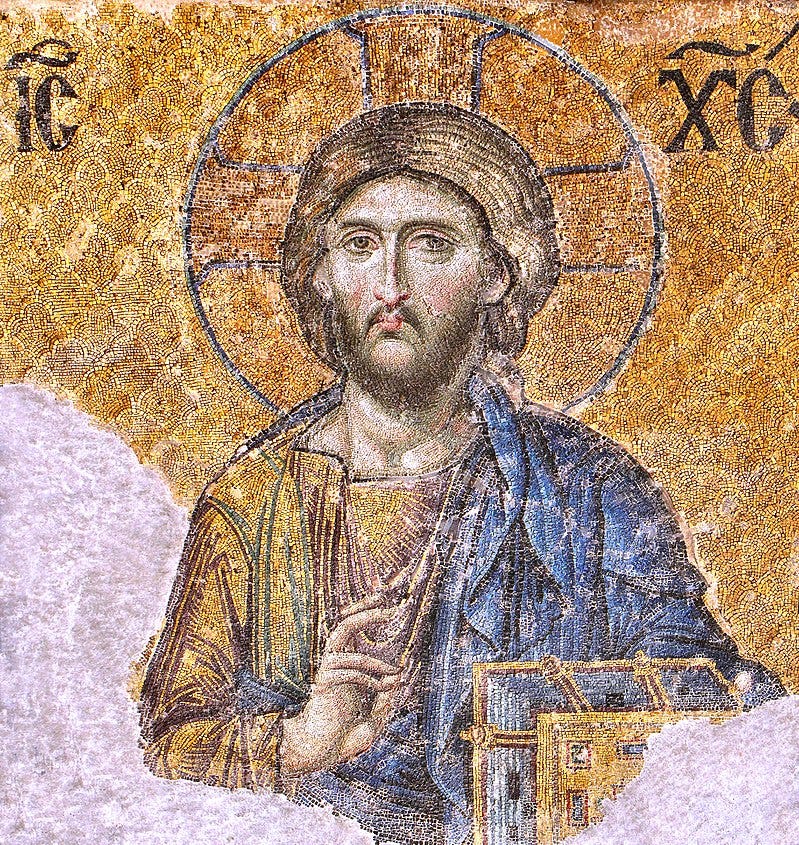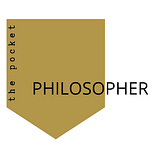Thought
The Eucharistic mime, and that is what it is—a story enacted through motions more than words—has four main aspects that we are to imitate from Jesus’ first enactment:
1) You also should take your full life in your hands.
2) You then thank God (eucharisteo in Greek)
3) You choose to break your life and death wide open.
4) You then chew on this mystery for all the rest of your days!—Father Richard Rohr
Application
Today, as we continue our study found in the wisdom of non-doing, we consider the intelligence of eating and digestion. Like sleep and breath, if we can slow down enough to pay attention in deeper ways, there is a world of fresh insight waiting to reveal itself.
We’ll consider eating from a Christian perspective, specifically that of nondual Christianity. Father Rohr is a modern practitioner of this ancient branch of the faith, found more often in the Greek Orthodox denomination and early ascetics like the Desert Fathers and Mothers.
Rohr often speaks of eating and eucharist interchangeably. Having personally grown up around various and diverse sects of Christianity, I have seen that approaching the Eucharist can mean everything from an intimidating solemn ritual, to a joyous and vibrant party.
Rohr often works to break apart eating as a practice from the confines of a Sunday morning ritual, to reveal the everyday practicality and mystery of christ consciousness. Eating is where the two aspects of the Christ nature—the human and the divine—are to meet and are to find reconciliation within and among us.
Consider this Image of Jesus from the 6th century

Here we see a Jesus divided, the nondual embodiment of a dualistic reality—Christ consciousness presented as both holy and human. If you notice, the left side of this image is distinct from the right in every way. On the left he wears normal clothes, holds a symbol with his hand, his eyes and hair are even different. On the left he is draped with the purple linen of royalty, he holds a golden book of god’s word, and again his face and hair are markedly different.
There are many ways to interpret this icon, but a favorite is to consider this not as an image of a historical representation of Jesus, but a representation of the intersection between the divine and ordinary found in Christ consciousness. A consciousness available to all humans.
One of the ways to cultivate this in-betweenness in which we find ourselves, is to keep practices like the Eucharist which remind us of our own christ nature through mime or action. This visceral teaching is a way to impart a reality often more difficult to articulate or rationalize than sense or feel.
From this perspective, every meal is an opportunity to practice mindfulness, remind ourselves of our deep potential and holy nature, to extend that grace to others, and to chew on the mystery of life, death, and love.
And above all, when eat mindfully like this we invite a sacred moment into our lives multiple times a day, slowing down to consider the gratitude we have for food, what we wish to do today with this nourishment, and how we want to live amongst the people we are eating with.
Every meal is its own lesson in philosophy if we are aware enough to notice!
Backstory
It’s always fun to visit the worldview and lifestyle of Richard Rohr. As an Orthodox Catholic Christian, ordained Franciscan, and prolific student of philosophy and myth, he offers a healing balm to many who have suffered grief and pain at the hands of harsh, dualistic, and exclusive Christianity.
He was contemporaries and friends with Thich Nhat Hanh who we have studied extensively here at TPP, and they often concoct the most incredible insights in their time and work together. Their blend of mindful, nondual, inclusive spirituality is a deeply healing work I’m personally grateful for.
According to his own personal bio, “He deeply believes the most traditional and orthodox Christian beliefs like the Trinity, the Incarnation, the Body of Christ, the Eucharist, the Perennial Tradition of both the Eastern and Western Churches, Biblical spirituality, and The Divine Indwelling of the Holy Spirit—and he tries to present all of these in pastoral and prayerful ways that make sense to 21st century sincere seekers.”
I’ve often heard him speak of his background in philosophy which came prior to being ordained, and prior to becoming Franciscan (which holds its own special vows like poverty). He credits this training and education with providing him a lens to sift out the deeper-than-literal truths of the long arc of christian thought.
He often overlays the myths of Greeks and Romans for example with early christian parables to help students understand the meaning and purpose of nuanced Bible stories. For many, it’s the first time they’re introduced to scripture not as an account of literal facts, but deeply complex poetry and prose.
But above everything else, he is deeply practical and I felt that his approach to the philosophy of eating would be a great way to land our week’s theme.
If you’d like, you can learn more about Father Rohr a nonprofit he founded (the Center for Action and Contemplation) here. CAC sends out a daily newsletter as well which has been incredibly helpful for millions of people.
I hope you found this enjoyable friends, and I’m excited to meet with you tomorrow for our weekly rundown and to make the pivot into next week’s letters as we consider the philosophy of doing.
As always, please share with anyone you think would enjoy today’s letter, and leave a comment below!
Be well,
Matt
References:
https://cac.org/the-christian-mime-2018-07-25/














Share this post